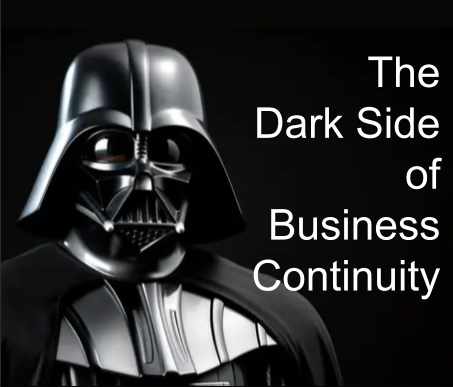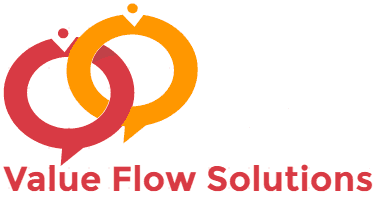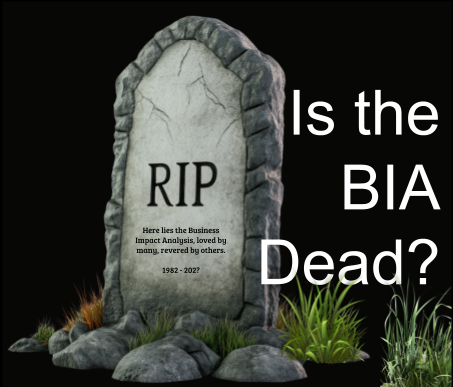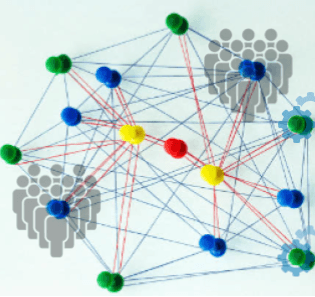The Competitive Business Agility Framework
Be flexible, adaptable and responsive to dynamic, ambiguous and unpredictable markets.

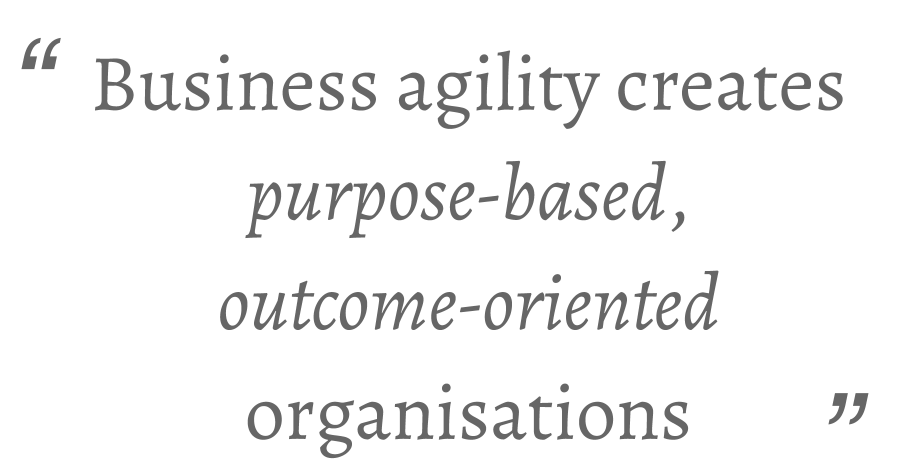
High-performing organisations and businesses will increasingly need to be flexible, to adapt and respond rapidly to dynamic, ambiguous and unpredictable markets. The entire business needs to be agile. Business agility creates purpose-based, outcome-oriented organisations.
Most major companies and enterprises rely heavily on technology in one way or another. The agile software development , Lean and DevOps movements help provide a business with one core tenet required for real Business Agility. But on it’s own it’s not normally enough to enable an entire enterprise to be agile and thus be high performing in these modern times.
Why strive for Business Agility?
The diagram below, summarises the main benefits of achieving a high level of business agility. It also includes the often overlooked benefits of improving Talent Attraction, Talent Retention and collective performance of the workforce. The way to read this diagram is to follow the flow of overlapping ovals, starting from the top-left
.
So starting with the injection of external factors, two benefits of Business Agility are being able to adapt to changing circumstances
and being able to explore and experiment
. From here we can follow that this enables us to release value early and often. Done right, this can increase company cashflow. But a less obvious benefit is how it nurtures and encourages an entrepreneurial mindset, because people can have ideas and act on them. This in turn, along with other cultural and behavioural changes helps fuel business growth.
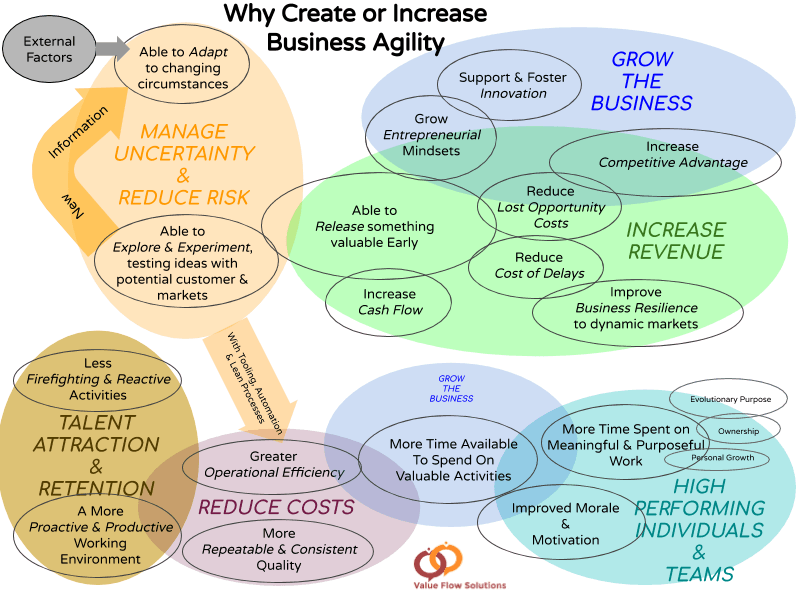
How to achieve Business Agility?
Achieving enterprise-wide adaptability, flexibility and responsiveness, aka agility, requires all parts of the business to have specific capabilities, attitudes and behaviours, as well as alignment, clarity and purpose. VFS's model for Business Agility has been developed over a number of years through helping large and small businesses increase their success through improved agility. It is not a recipe book or an instruction manual, it’s a framework and a (very large) toolkit. We refer to it as The Competitive Business Agility Framework, or the CBA Framework for short.
How to create and introduce the ingredients, will depend on many aspects of your enterprise. This model is a set of tools, some for specific purposes, others more like a swiss-army knife with multiple uses. It has four equal, necessary and interdependent
tenets, each with three attributes that a business must possess to increase the chances of increasing company-wide agility. Business agility truly emerges when an organisation can “be” agile across all the tenets, across all areas of the organisation.

We introduce the CBA Framework below, stepping through the twelve attributes , grouped by the four tenets.
1. Capabilities & Activities
An agile organisation operates with:
- 1.1 Technical Agility at the individual & team activity level focuses on the capabilities of the Technology/IT teams to create, enhance and retire software systems in a fast, sustainable and secure manner.
- 1.2 Process Agility can be considered at the macro ‘value stream’ level, to the details of day to day practices. It is having awareness of the underlying principles of the various methodologies and frameworks that are intended to help create agility; and the ‘toolbox’ of approaches and practices that can be used to achieve it.
- 1.3 Systems thinking to retain agility at the organisational level by seeing and optimising the whole whilst understanding the detail. Systems Thinking should be applied to value propositions, solutions design, ways of working and organisational aspects.
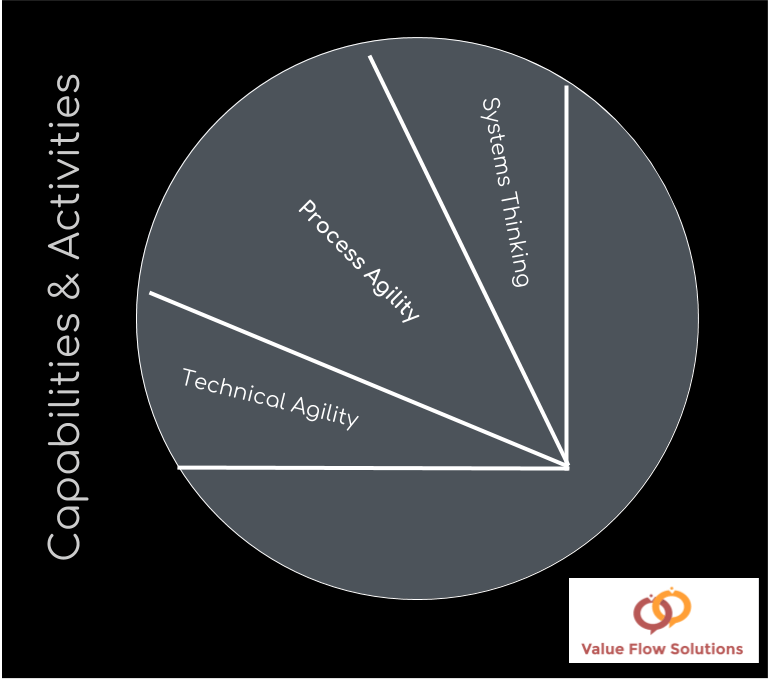
2. Business Model
--- Section Not Available In Website Preview ---
3. Behaviours & Attitudes
- 3.1 Personal Agility is a collection of personal skills and knowledge that allows each and every individual to help establish their team as a High Performing Team.
- 3.2 A Learning Organisation is one that encompasses the Experimentation mindset. Most importantly this mindset is applied to everything from product development (hypothesising and testing) all the way through to encouraging personal development.
- 3.3 Effective Collaboration is as much an ethos and belief as it is a practice or a specific behaviour. Recognising the difference between independent and isolated working is vital. To be able to work independently is more advantageous to the business than being dependent on others. However, to be able to be part of a team, a community or a business... to be more effective together than as individual entities, is incredibly valuable. This is 'Effective Collaboration' and it results in a group of individuals becoming something that is greater than the sum of its parts.
Often, partnering with others and supporting them, produces results that would not be possible were everyone operating as independent entities.
Sometimes effective collaboration can be based on the desire to serve and not with the expectation to get something in return.
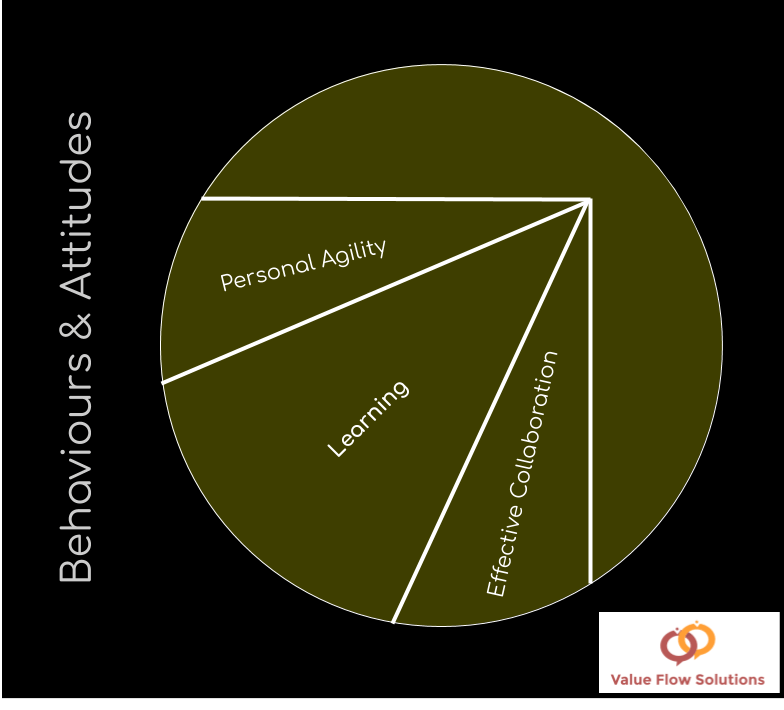
4. Organisation Anatomy
--- Section Not Available In Website Preview ---
The Full Picture
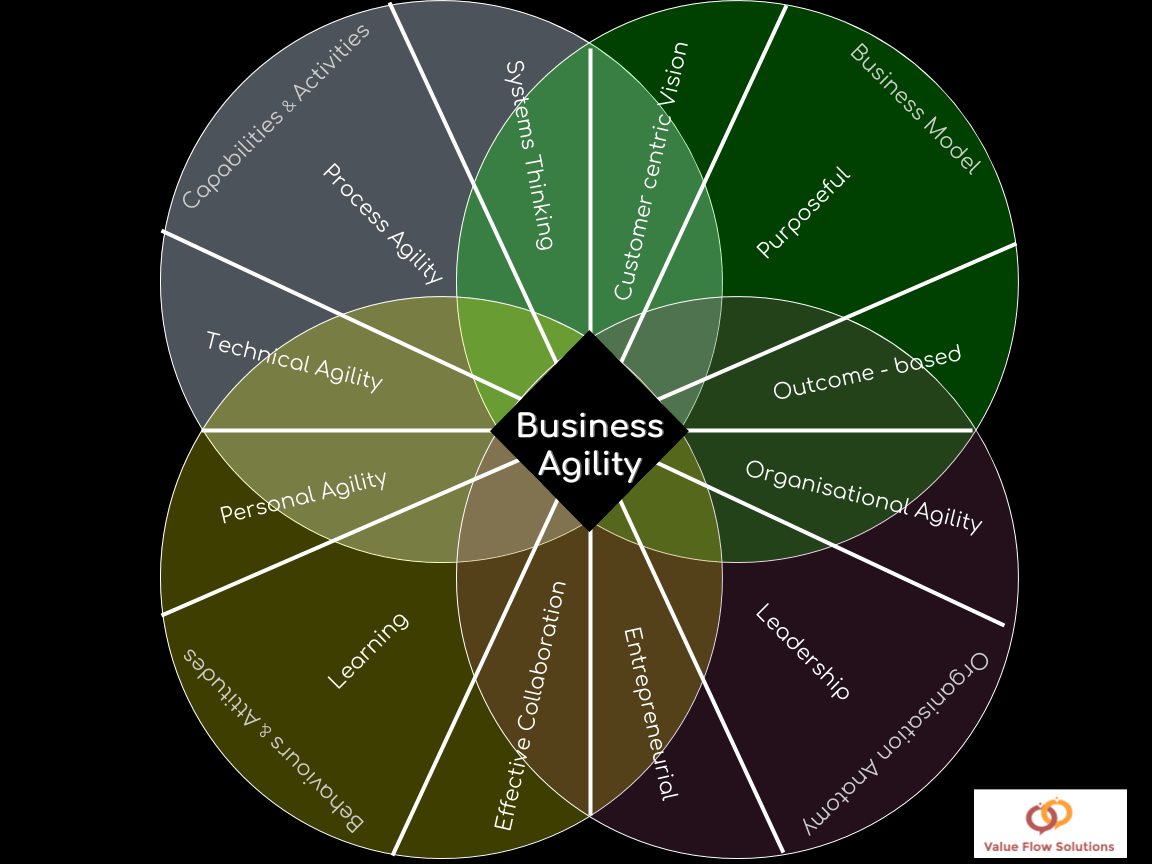
--- Section Not Available In Website Preview ---
Be flexible, adaptable and responsive to dynamic, ambiguous and unpredictable markets. Competitive Business Agility creates purpose-based, outcome-oriented organisations.
We explore some of these topics on our Resources Hub.
Related article:
The Personal Agility Programme
